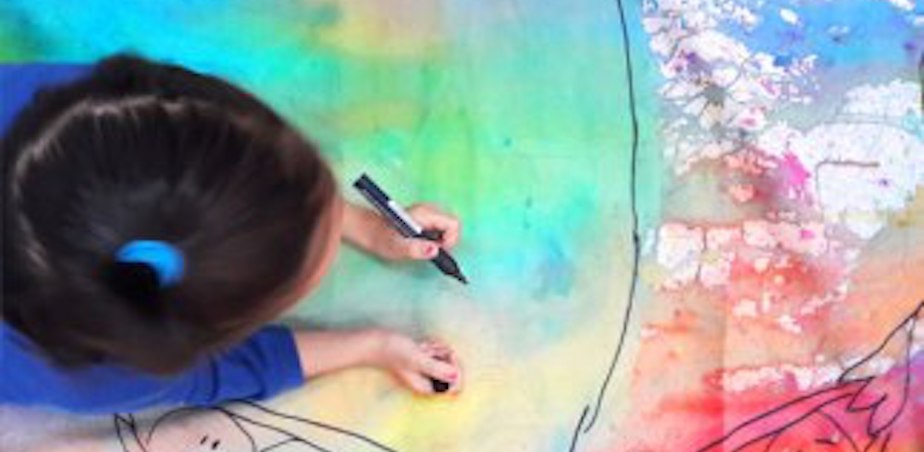‘Documenting Projects and Events’: Course summary from artist John D’Arcy

Image credit Jane Hayes, Artist
We just had our final session of the online course, ‘Documenting Projects and Events’. The five weekly online conversations covered a range of topics surrounding the documentation of artwork and events. The participants on the course included a mixture of artists, educators and organisations working in different media (painting, sculpture, lens-based, performance) and carrying out different processes (workshops, artworks, and live events). Given this variety, the course took a participant-led format that based discussion around individual responses to weekly tasks and provocations.
Week-to-week, participants were asked to populate their own mini-website with their responses to tasks that focused on varying forms of artwork documentation. These included documentation in text, still image, and audiovisual (moving image/sound). In an attempt to broaden and challenge each participant’s approach to documentation in these media, tasks solicited examples of a range of formats with varying intentions and potential audiences. For example, promotional material for the general public; report for a funding organisation; material for an archive or portfolio; and notation for another artist to carry out a project.
The pace of the conversation really heated up in the last two weeks, darting around the various aspects of capturing and processing still and moving image. The discussion regularly turned to the online presence of artists and organisations and the various functions of their websites and social media presence – portfolio/archive/promotion/journalling. Whilst the chat sometimes took in tech-talk (digital file-types, recording gear, etc.), the diversity of the group led to a most advantageous sharing of ideas and concepts around the intentions and potentials of arts education documentation.
The group related an invigorated enthusiasm and curiosity about the ways in which they might capture their work, encouraged by the interdisciplinary discussion. In exploring what (and how) artefacts might be logged and captured, we have considered more critically how works and events might be preserved, shared and perceived by a myriad of potential stakeholders. I have been taking notes and observations throughout the course and will be sharing these as a resource with the group and other members of the Arts in Education Portal for future reference and inspiration.
Artist, John D’Arcy (Course Leader)